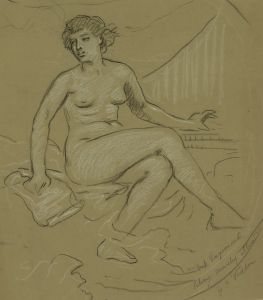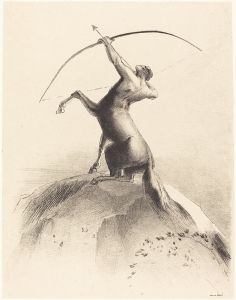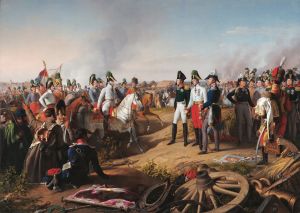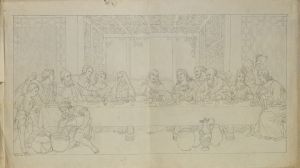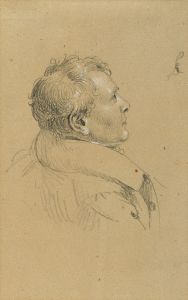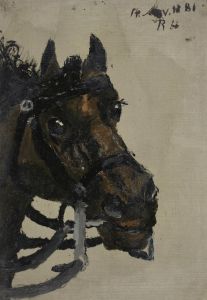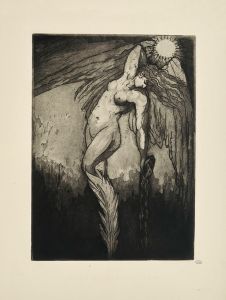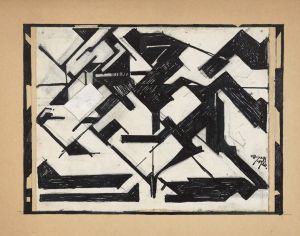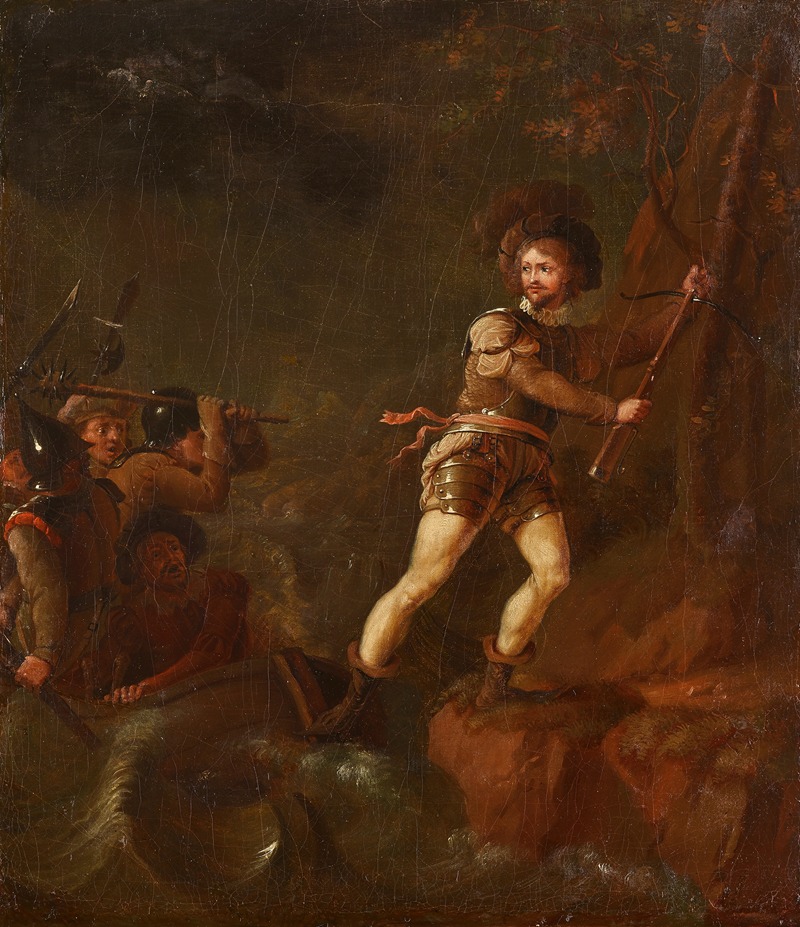
Wilhelm Tell
A hand-painted replica of Johann Peter Krafft’s masterpiece Wilhelm Tell, meticulously crafted by professional artists to capture the true essence of the original. Each piece is created with museum-quality canvas and rare mineral pigments, carefully painted by experienced artists with delicate brushstrokes and rich, layered colors to perfectly recreate the texture of the original artwork. Unlike machine-printed reproductions, this hand-painted version brings the painting to life, infused with the artist’s emotions and skill in every stroke. Whether for personal collection or home decoration, it instantly elevates the artistic atmosphere of any space.
Johann Peter Krafft was an Austrian painter known for his historical and genre scenes, and one of his notable works is the painting "Wilhelm Tell." This artwork depicts the legendary Swiss folk hero Wilhelm Tell, who is celebrated for his role in the early 14th-century struggle for Swiss independence from the Habsburg Empire. The story of Wilhelm Tell is a significant part of Swiss national identity and has been a subject of various artistic interpretations over the centuries.
Krafft's painting captures the most famous episode of the Wilhelm Tell legend: the moment when Tell is forced to shoot an apple off his son's head with a crossbow. This scene is emblematic of Tell's exceptional marksmanship and courage, as well as his defiance against tyranny. According to the legend, Tell was compelled to perform this dangerous feat by the tyrannical Austrian bailiff, Albrecht Gessler, as a punishment for not bowing to the Habsburg hat placed on a pole in the town square.
In Krafft's depiction, the tension and drama of the moment are palpable. The composition likely focuses on the intense expressions of both father and son, capturing the emotional weight of the situation. The setting would typically reflect the medieval Swiss landscape, providing a backdrop that underscores the historical and cultural context of the legend. Krafft's attention to detail and ability to convey narrative through visual art are evident in his portrayal of this iconic scene.
Johann Peter Krafft was born on September 15, 1780, in Hanau, Germany, and later moved to Vienna, where he became an influential figure in the Austrian art scene. He studied at the Academy of Fine Arts in Vienna and was heavily influenced by the Neoclassical style, which is characterized by its clarity, order, and emphasis on idealized forms. Krafft's works often reflect a meticulous approach to composition and a keen interest in historical subjects, making him a prominent artist of his time.
"Wilhelm Tell" by Krafft is part of a broader tradition of artistic works inspired by the Tell legend, which includes plays, operas, and other visual arts. The story of Wilhelm Tell has been immortalized in various forms, most notably in Friedrich Schiller's play "Wilhelm Tell" and Gioachino Rossini's opera of the same name. Krafft's painting contributes to this rich tapestry of cultural representations, offering a visual interpretation that complements the literary and musical renditions of the tale.
Krafft's work, including "Wilhelm Tell," is significant not only for its artistic merit but also for its role in shaping the cultural memory of historical events and figures. Through his paintings, Krafft sought to engage viewers with the past, encouraging them to reflect on themes of heroism, resistance, and national identity. His portrayal of Wilhelm Tell remains a testament to the enduring power of art to capture and convey complex narratives.
While specific details about the current location or exhibition history of Krafft's "Wilhelm Tell" may not be readily available, the painting continues to be recognized as an important piece within the context of 19th-century European art. It exemplifies Krafft's skill in blending historical storytelling with artistic expression, ensuring that the legend of Wilhelm Tell remains vivid in the cultural imagination.






